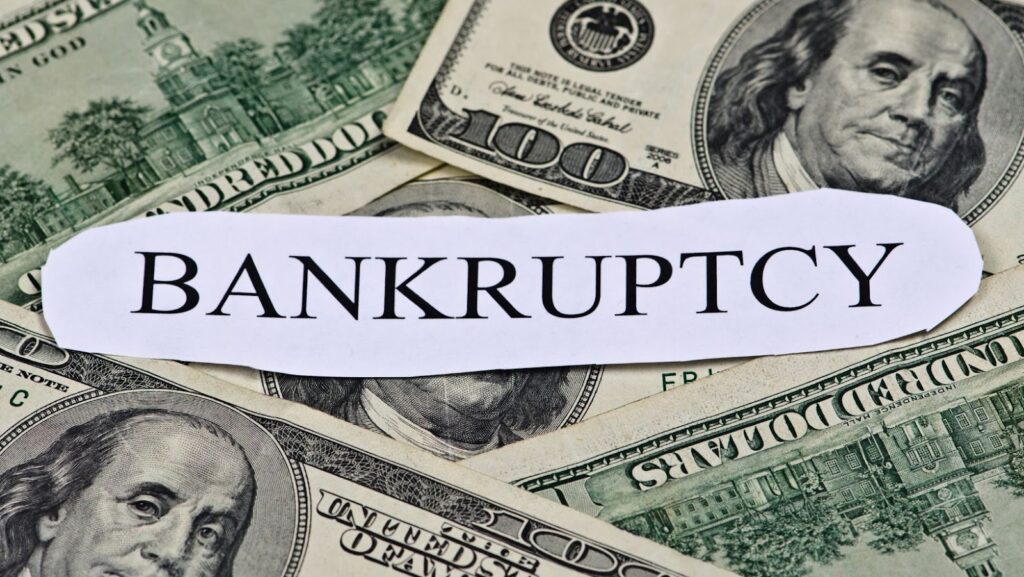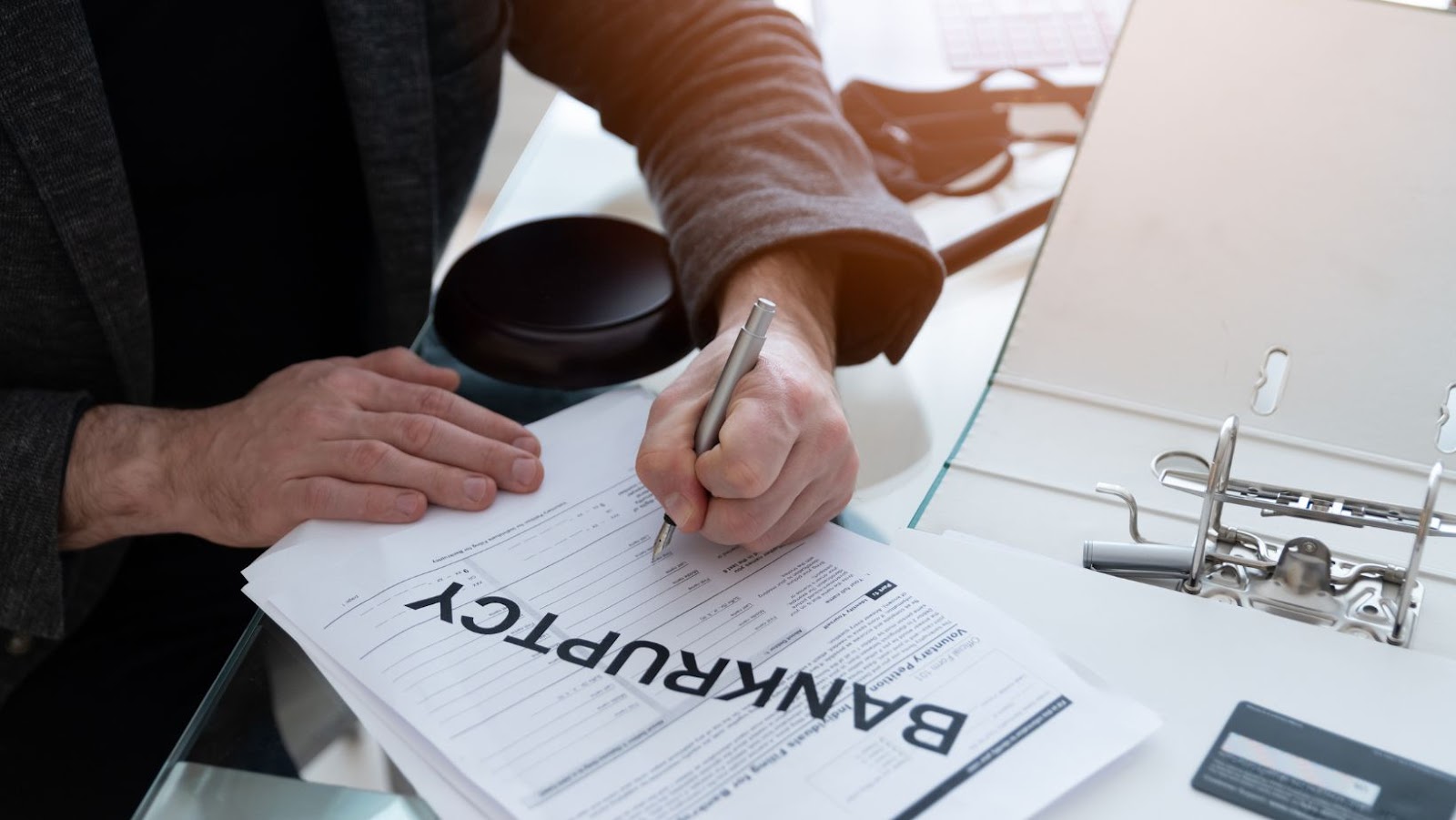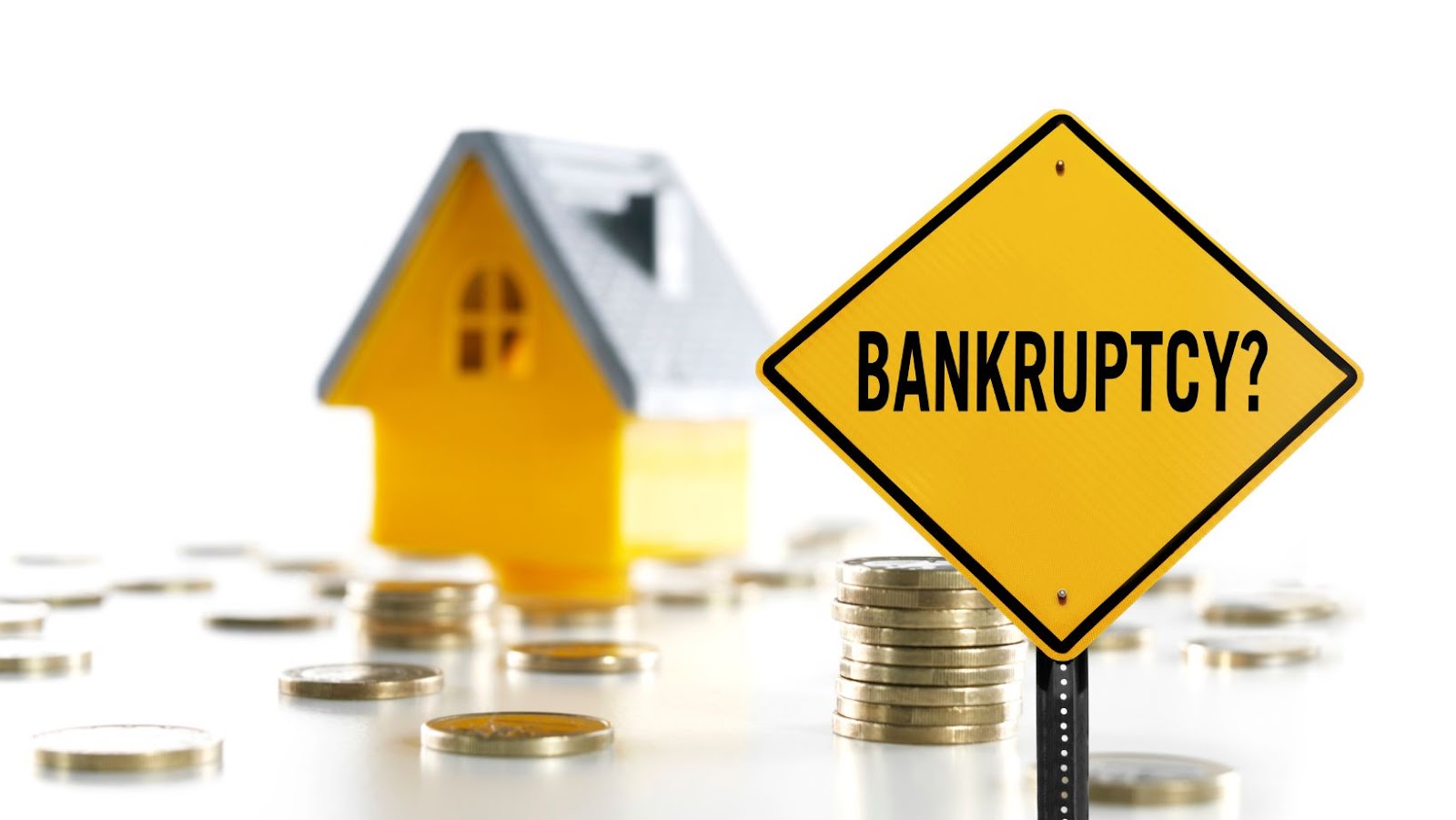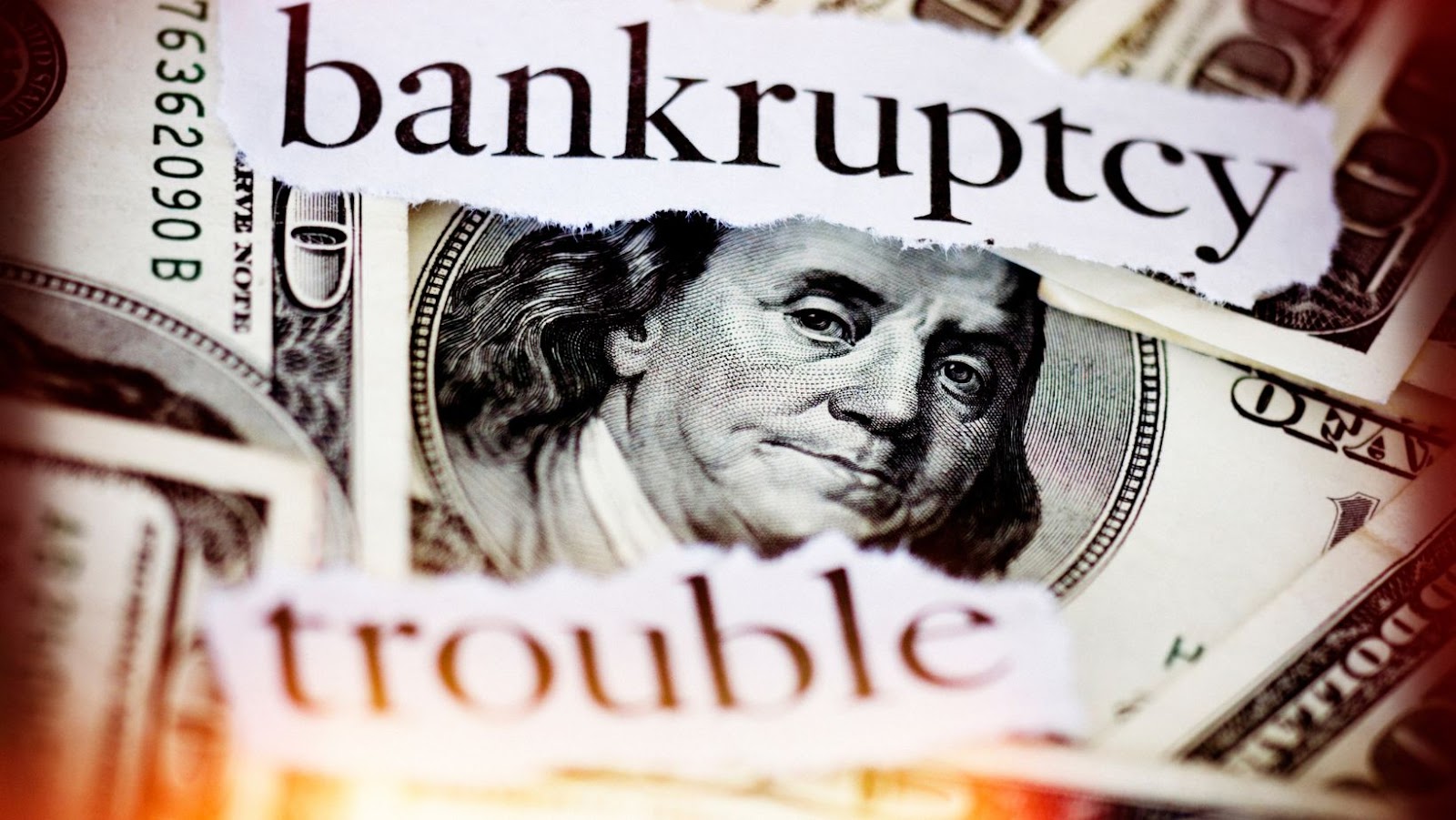
Bankruptcy Chapter 13 How Long Does It Really Take?
Are you considering filing for Chapter 13 bankruptcy? One major question you might have is how long the process will take. The answer is that it varies depending on several factors.
First and foremost, it’s important to note that the actual filing of the petition for Chapter 13 bankruptcy doesn’t take very long. In fact, it can typically be done in one day. However, the approval process is what takes time.
From the time that you file your petition until you receive approval for your repayment plan from the bankruptcy court, it can take several months. This is because your creditors will need to be given an opportunity to raise any objections they might have to your proposed repayment plan, and the bankruptcy trustee will need to evaluate and analyze your case. However, once your repayment plan is approved, you can begin making payments to your creditors and working towards a fresh financial start.

How Long Does it Take to File Bankruptcy Chapter 13
Chapter 13 bankruptcy is designed to provide individuals with a viable option for resolving debt-related problems. It’s particularly helpful for those who are facing foreclosure or repossession due to unpaid debts. Also known as the “wage earner’s plan,” Chapter 13 bankruptcy enables the filer to structure their finances and repay their debts over time, usually three to five years.
When it comes to filing for Chapter 13 bankruptcy, the process typically takes three to six months, from start to finish, from filing the necessary paperwork to attending a meeting with creditors. Once the court approves the case, a repayment plan is put in place, and all payments are made over the duration of the plan.
One thing to note is that the length of the repayment plan will vary according to the debtor’s income, expenses, and the amount of debt owed. The minimum amount of time for repayment is three years, and the maximum period is five years. Typically, the greater the amount of debt owed, the longer the repayment period will be.
There are a few steps that debtors must follow to file for Chapter 13 bankruptcy. This includes attending pre-filing credit counseling, compiling necessary documentation on income, debts, and expenses, and filing a petition with the court. Luckily, experienced bankruptcy attorneys can help guide filers through this process and ensure everything is done correctly.
In summary, it can take anywhere from three to six months to file for Chapter 13 bankruptcy, and the repayment plan takes three to five years on average. However, it’s important to keep in mind that each case is unique, and the length of time will depend on individual factors. Filing for Chapter 13 bankruptcy with the help of a knowledgeable attorney can help alleviate some of the burdens and ensure that the process goes as smoothly as possible.

Timeline For Filing Chapter 13 Bankruptcy
If you’re considering filing for Chapter 13 bankruptcy, you’re probably wondering how long the process will take. The answer is it depends. While some cases can be completed in as little as three months, others can take as long as five years.
Here’s a breakdown of the general timeline for filing for Chapter 13 bankruptcy:
- Pre-filing counseling: Before you can file for bankruptcy, you must complete pre-filing credit counseling. This typically takes about one to two hours and can be done online or over the phone.
- Filing the petition: Once you’ve completed credit counseling, you can file your Chapter 13 bankruptcy petition with the court. This typically takes about two to three hours, plus any time required to gather necessary documents and information.
- Meeting of creditors: Within 21 to 50 days of filing your petition, you’ll attend a meeting of creditors. This is a brief meeting with your bankruptcy trustee and any creditors who wish to attend. It typically lasts about 10 minutes.
- Confirmation hearing: Within 45 to 60 days after the meeting of creditors, you’ll attend a confirmation hearing. At this hearing, the court will evaluate your repayment plan and determine whether to approve it. This hearing typically lasts about 30 minutes.
- Repayment period: Once your repayment plan is approved, you’ll enter into a repayment period. This typically lasts three to five years, depending on your income and the amount of debt you have.
- Discharge: Once you’ve completed your repayment plan, you’ll receive a discharge of your remaining debts. This typically takes two to three months.
It’s important to note that every case is different, and the timeline for filing Chapter 13 bankruptcy can vary based on a variety of factors. The process may take longer if you have a complex case, if your paperwork is incomplete or inaccurate, or if your repayment plan is not approved on the first try.
Overall, the length of time it takes to file for Chapter 13 bankruptcy depends on your individual circumstances, but the timeline outlined above provides a general idea of what you can expect.

Factors Affecting The Length of Chapter 13 Bankruptcy
Chapter 13 bankruptcy is an affordable debt relief plan that allows individuals to reorganize their finances and repay their debts over a period of three to five years. The length of time it takes to complete a Chapter 13 bankruptcy case can vary depending on several factors that may affect its timeline, such as:
- Income – The debtor’s income is a major factor in the length of a Chapter 13 bankruptcy case. The higher the debtor’s monthly income, the longer the repayment period usually takes.
- Debts – The amount and type of debt the debtor owes can also affect the length of a Chapter 13 bankruptcy case. If there are multiple debts with varying amounts, it could take longer to prioritize them and determine the amount to pay back to each creditor.
- Plan Confirmation – The debtor’s repayment plan must be confirmed by the court, which can take several months. The plan must be feasible, and all creditors and parties involved must agree to its terms.
- Compliance – The debtor must fulfill all obligations and payments required by the repayment plan, such as attending credit counseling courses and making monthly payments. Failure to comply with the plan can lead to case dismissal and further delays.
- Litigation – In some cases, creditors or other interested parties may file litigation to challenge various aspects of the bankruptcy case. This can lead to lengthier bankruptcy proceedings.
In conclusion, several factors affect the length of Chapter 13 bankruptcy. It usually takes three to five years to complete, but this timeline can be extended or shortened depending on the debtor’s income, debts, plan confirmation, compliance, and litigation. It’s essential to consult with a bankruptcy attorney to understand the bankruptcy process and any specific factors that may affect your case.





